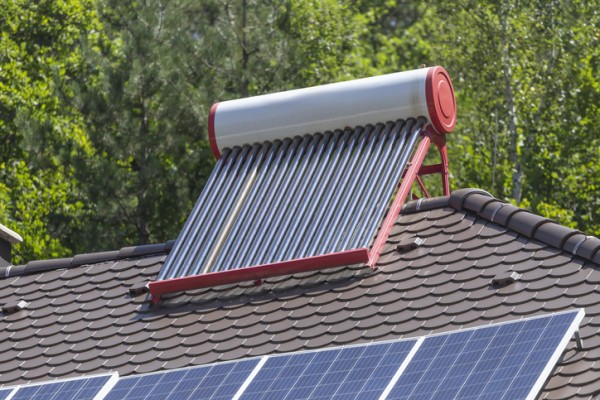
Solar panels are a long-term investment in energy efficiency, sustainability and lower power bills. But to get the most out of your solar system, regular maintenance is essential, especially when it comes to cleaning.
Dirty panels can lead to a noticeable drop in output, particularly in areas prone to dust, bird droppings, salt spray or heavy tree cover. This article outlines how to clean solar panels safely, how often you should do it and when to call in the professionals.
Why clean solar panels?
Solar panels work best when they receive maximum sunlight, and even a thin layer of grime can affect performance. In some parts of Australia, panels left uncleaned for extended periods can lose up to 20% of their generating capacity. Dust, dirt, ash, pollen, sap and bird droppings are all common culprits, especially in dry or coastal regions. Keeping your panels clean helps ensure you’re getting the energy savings you paid for.
How often should you clean them?
How often you clean your solar panels depends on your location and the local environment. As a general guide:
- Every 6 months is ideal for most homes
- Quarterly cleaning may be needed in dusty, rural or coastal areas
- After major weather events, such as dust storms or heavy winds, check for debris or dirt build-up
Most modern solar systems come with monitoring apps that track energy production. If you notice a drop in output not explained by seasonal changes, dirty panels may be the cause.
Safety first
Working on rooftops carries serious risks, and cleaning solar panels involves water and potentially live electrical components. Always prioritise safety:
- Avoid working at heights unless you’re properly trained and equipped with fall protection gear
- Turn off the solar system before cleaning, though be aware that some components may still carry voltage
- Avoid cleaning during the hottest part of the day or when panels are hot, as spraying cold water on hot glass can cause thermal shock and cracking
If you’re not confident doing it yourself, consider hiring a professional. Many licensed solar maintenance services in Australia are accredited by the Clean Energy Council (CEC) and offer inspections and cleaning packages.
How to clean your panels
If you decide to clean your panels yourself from a safe location (such as from the ground using an extension pole), follow these steps:
- Use soft, clean water, tap water is fine, but avoid high-pressure hoses as they can damage seals
- Use a soft brush or sponge, never use abrasive scrubbers or chemicals that could damage the panel surface
- Use a mild, non-caustic detergent if needed, but rinse thoroughly to prevent residue
- Dry with a soft squeegee or cloth to prevent mineral deposits or streaks, especially in hard water areas
Try to clean in the early morning or late afternoon when panels are cool.
Look for signs of damage
Cleaning your solar panels is a great time to inspect them for wear and tear. Look for:
- Cracked glass or discolouration
- Water in junction boxes
- Corrosion, loose cabling or signs of animal damage
- Shading from new tree growth or nearby structures
If you notice anything unusual, contact a qualified solar technician. Repairs or servicing should only be carried out by licensed professionals to maintain safety and comply with warranties.
Keep up with regulations and warranties
Australian solar installations are regulated by standards like AS/NZS 5033, and ongoing maintenance can affect your eligibility for government rebates or warranties. If you’re hiring someone to clean or service your system, make sure they’re CEC-accredited and understand current industry guidelines.
When to call a professional
In many cases, a qualified solar maintenance provider is the safest and most effective option—especially for multi-storey homes, steep roofs or complex systems. Professional cleaners will use the correct tools, cleaning agents and safety procedures to protect both your panels and your roof.
Many also offer full system health checks, including inverter testing and electrical inspections, which are recommended every few years.
| Task | Recommended frequency |
|---|---|
| Visual inspection | Every 3–6 months |
| Cleaning (panels) | At least twice a year |
| Inverter check | Annually |
| Professional inspection | Every 3–5 years |
- Monitor your system performance through your solar app or inverter
- Never use high-pressure water, harsh chemicals or abrasive tools
- Use soft brushes and avoid cleaning when panels are hot
- Consider professional services for rooftop access or warranty compliance
By staying on top of solar panel maintenance, you’ll ensure your system remains efficient, safe and long-lasting to maximise your return on investment for years to come.





